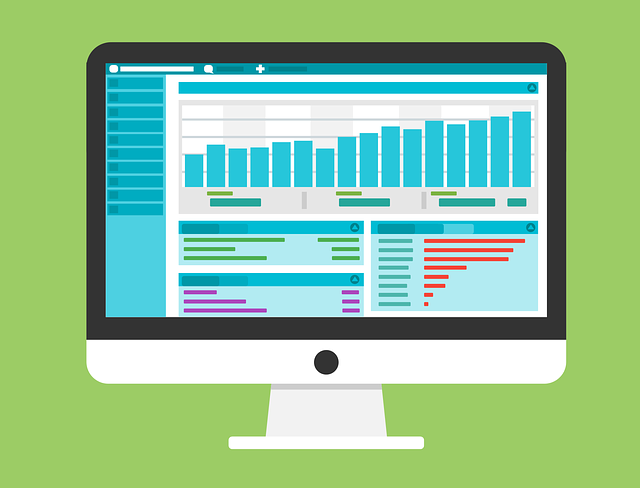
The Rise of Data Fabric Architecture and Its Impact on Big Data Management
in Technology on September 9, 2022Data fabric architecture is a new approach to big data management that is gaining popularity in the industry. This article will explore the rise of data fabric architecture and its impact on big data management. Keep reading to learn more about this exciting new development in big data.
What is data fabric architecture?
Data fabric architecture provides a more efficient way to manage data than traditional storage arrays. Data fabrics are built on a distributed architecture that enables you to scale out as your data grows. This distributed architecture also helps to ensure that your data is always available, regardless of the location or the device.
There are several benefits to using a data fabric architecture in a big data environment. First, using a data fabric improve performance by making it easier for the system to access the data it needs. Second, a data fabric also improves scalability by allowing the system to grow without becoming bogged down. Third, using a data fabric can make it easier to integrate new sources of data into the system. Finally, using a data fabric can help ensure the consistency and accuracy of the data in the system.
What is big data management?
Big data management is a process of managing large data sets to make them more manageable and useful. One of the main goals of big data management is to make sure data is easy to find and use. This can be done by creating a system where data is stored in a logical and consistent manner. This also includes developing standard naming conventions and metadata schemas. Another goal of big data management is to make sure data is secure.
Making data secure for big data management includes using encryption methods and access controls to make sure only authorized users can view or edit data. Big data management also includes data analysis and reporting. This can include using data visualization tools to create charts and graphs that help you understand the data. It can also include using analytics tools to find trends and patterns in the data.
How has data fabric architecture impacted big data?
The growth of big data and the need for more agile data management has led to the development of data fabric architecture. Data fabric architecture has had a significant impact on big data management. Data fabric architecture has reduced the need for data duplication, which has saved time and money. Duplication is a common problem in many organizations. It can be caused by different departments having different ways of storing data or by different systems accessing and storing the same data.
Data duplication leads to inconsistency and confusion and can waste time and money as employees attempt to reconcile the different versions of the data. Data fabric architecture can help to reduce the need for data duplication. By using a single system to store and access all data, there is only one version of the data, and this is always kept up to date.
How do you implement data fabric architecture and big data?
Data fabric architectures and big data management are becoming more and more important as businesses try to gain a competitive edge. However, there are many different ways to implement these technologies, and the best way to do so depends on the specific needs of your organization.
There are a few key things to consider when implementing a data fabric architecture or big data management system. The first is the volume, variety, and velocity of data that you need to process. The next is the type of data you are working with, and the third is the infrastructure you already have in place.
Once you have assessed these factors, you can begin to develop a plan for how to best implement a data fabric architecture or big data management system. One of the most important things to keep in mind is that these systems are not one-size-fits-all, and you may need to use a variety of different technologies to best meet the needs of your organization.
There are a few common approaches to implementing a data fabric architecture or big data management system. One is to use a centralized data management system, which consolidates all of the data in your organization into a single repository. This can be helpful for organizations that have a lot of data that needs to be processed quickly.
Another common approach is to use a distributed data management system, which spreads the data across multiple servers. This can be helpful for organizations that have a lot of data that needs to be accessed simultaneously. It can also be helpful for organizations that need to keep their data secure. It reduces the risk of a single point of failure.

